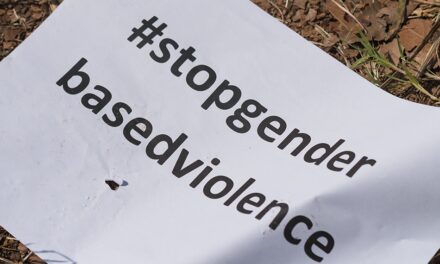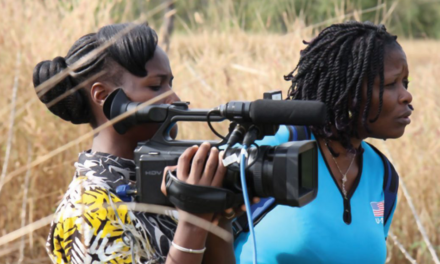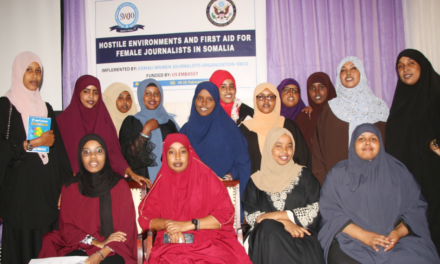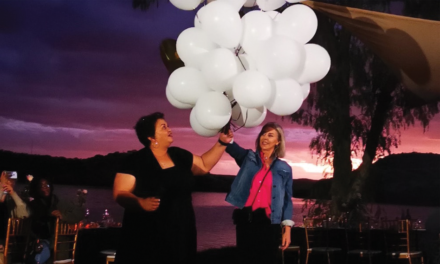
The Rooibos Story: Khoikhoi’s Bossie tea
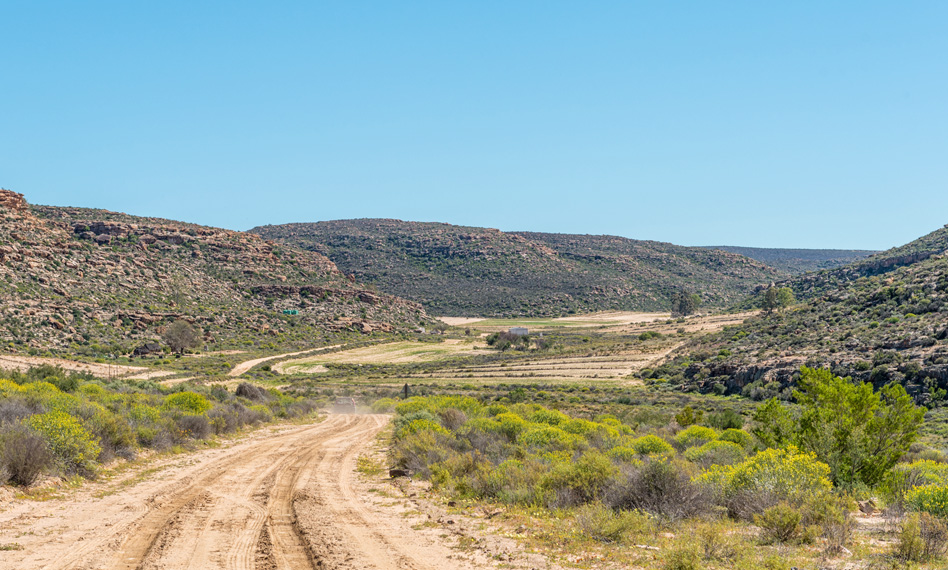
On 1 November 2019, following nine years of negotiations, the world’s first industry-wide benefit-sharing agreement was launched in South Africa between the Khoikhoi and San, and the South African rooibos industry. This agreement is the basis from which the Khoikhoi and San communities of South Africa will have access to benefits such as a percentage contribution from the commercialisation of Rooibos by the South African rooibos industry.
The agreement recognises the Khoikhoi and San peoples as the traditional knowledge holders to the uses of Rooibos, – an indigenous plant species found only in the Cederberg region of South Africa. Rooibos, known to the Khoikhoi in Afrikaans as “die arm man se tee” (the poor man’s tea) or “bossie tee” (bush tea) and known scientifically as Aspalathus linearis, is plentiful in uses and intimately known by the Khoikhoi(1).
For generations, it has been prepared for its benefits of high antioxidants as well as its uses to relieve allergy systems, boost energy, heal damaged skin, stimulate appetites, boost immune systems, facilitate relaxation and treat maladies such as hypertension and cardiovascular health, hypotension, stomach-related ailments, blood circulation, kidney ailments, stress relief, health skin, and boost polyphenol/ micro-nutrient levels (ibid.).
When paired with other herbs, it may also be used to treat diabetes and improve oral health. As it has been incorporated as an ingredient in skincare products, rooibos is used to treat eczema and minor skin injuries. Beyond its health benefits, it also has agricultural uses such as to be used in soil mixtures to assist with mulching and soil fertilisation (ibid.).
In their culture of sharing, the Khoikhoi and San communities shared their knowledge of Rooibos.
This began with the story of Tryntjie Swarts, a Khoikhoi woman living in the Cederberg who, in the 1920s, shared her “ecological-cultural knowledge of the Khoikhoi about how to locate the ‘golden nests’ of Rooibos seeds” (ibid., p. 60). This knowledge was a critical catalyst of the expansion of the present rooibos industry, as rooibos tea in itself, became popular the world over, as well as its processing into health and cosmetic products.
Despite the foundational role of the Khoikhoi’s upon which the development and commercialization of the industry was built, the communities were never recognized as the knowledge holders nor received intellectual property rights even though they never gave free, prior or informed consent (FPIC) to the use of their knowledge (ibid.).
The Khoikhoi have been documented as African Indigenous peoples, along with the San, who traditionally roamed and stewarded Southern Africa: the Khoikhoi as nomadic pastoralists and the San as hunter-gatherers. The Khoikhoi people are made up of historical groupings which, includes the (i) Griqua, (ii) Nama, (iii) Koranna and (iv) Cape Khoi, each of which have further subgroupings. There are also Indigenous farming communities, as descendants of the original Khoikhoi, living mainly in the Cederberg region in the Western Cape province of South Africa. In this area, where the cultural heritage of the Khoikhoi is rich, the indigenous farming communities continue to practice their traditional knowledge of rooibos to steward the plant.
In their land-based cultures and economies, the Khoikhoi are “known for their spiritual connectedness to land”. (2)
Tied to their beliefs that land is a sacred gift from nature, rather than an economic commodity, was their shared commitment of a sacred duty to care for nature, as it cared for them (Natural Justice, 2019). Expressions of these ways of knowing, embedded in values of sharing, neighboroughly love, respect for the environment and nature, and compassion, can be found in community-held myths (ibid.). Not only do these stories carry these values, but storytelling of them was a custom of education, to ground these values across generations.
Within these cosmologies, land was believed to “belong to all living creatures that live on it”.(3) Therefore, while the Khoikhoi claimed no individual right to land, as individualised ownership was outside of their ways of knowing, they maintained deeply held connections to land (Boezak, 2017).
The Khoikhoi’s heritage and identity, intimately tied to land, is still beautifully etched into the environment today, in the form of rock art. Though the Khoikhoi’s rock art is comparatively rare to that of the San, it may be described as follows:
“The art of painting on rocky surfaces in caves and in open lands is a unique and defining characteristic of our distinct identity and heritage. Our paintings date back thousands of years and serve as a testimony to our right to land and its resources in South Africa. Khoikhoi rock art is made up of different designs, finger dots and handprints common amongst the Khoikhoi people. The designs were applied with fingers, making a striking contrast to the work of the San”. (National Khoi and San Council & Cederberg Belt Indigenous Farmers Representatives, 2019, p. 24)
Since the colonial era, the African Indigenous identity of the Khoikhoi has been disregarded or marginalised to where the Khoikhoi continue to experience a lack of social and political visibility in the new democratic state.
As an ongoing apartheid legacy, the Khoikhoi continue to be homogenised under the category of “Coloured” in official state statistics which still mirror apartheid typologies of race which never reflected the existence of the Khoikhoi as Indigenous peoples (Le Fleur & Jansen, 2013). For example, the 2011 census data was disaggregated by racial categories of (i) Black South African, (ii) White, (iii) Coloured, (iv) Indian/Asian (Alexander, 2018).
Similarly, while there are eleven official languages represented in South Africa, none of the Khoikhoi people’s indigenous languages are included among them.
As a result, to advocate for the human rights and fundamental freedoms of the Khoikhoi as Indigenous peoples, the UN Special Rapporteur, Rodolfo Stavenhagen recommended in his 2005 report “that indigenous communities be recognized as such constitutionally and that legal institutions maintaining the stigma of their classicisation as ‘Coloured’ by the apartheid regime be removed” (Stavenhagen, 2005, p. 3). The South African Human Rights Commissioner (2016) affirmed the reality of a “cultural genocide” as follows:
“According to representatives for indigenous communities, the perpetuation of what they deem to be ‘cultural genocide’ continues as a result of the lack of recognition of indigenous peoples, together with inadequate measures to promote protect, and preserve indigenous culture and tradition. The prevailing lack of recognition and invisibility of Khoi-San groups exacerbates their vulnerability and marginalisation, fuelling their sense of an identity crisis and contributing to the assertions in submissions that indigenous persons are unable to access their full entitlement of rights contained in the Bill of Rights”. (ibid., p. 36)
Up until recently, the Khoikhoi communities were not constitutionally recognised by the state, in terms of national legislation, as a customary/indigenous community (Jansen, 2019).
However, with the signing of the Traditional and Khoi-San Leadership Act 3 of 2019 into law and its commencement date of 1 April 2021, a new moment has since been heralded for state affirmation of the Khoikhoi as self-identifying African Indigenous communities.
With this legislation, the Khoikhoi will be included in South Africa’s traditional leadership and governance system on par with other customary communities (Jansen, 2019). Not only is this symbolically key for recognition of self-identification and dignity, but it is also significant in relation to conferring formal representation at different levels of government. This will pragmatically facilitate greater access to justice “as communities who have so far been formally left outside of the South African rule of law as it pertains to their cultural recognition, customary communities, Indigenous languages and ancestral lands” (Jansen, 2021, p. 135).
During this process of fighting for their rights for recognition as traditional knowledge holders, Rooibos only started to unlock a new beginning to a journey that came undone over 300 years. The process of rebuilding for the Khoikhoi community continues.
1 (National Khoi and San Council & Cederberg Belt Indigenous Farmers Representatives, 2019, p. 6)
2 (National Khoi and San Council & Cederberg Belt Indigenous Farmers Representatives, 2019, p. 24)
3 (National Khoi and San Council & Cederberg Belt Indigenous Farmers Representatives, 2019, p. 24).
PHOTO: Rooibos tea fields on the Rooibos Heritage Route. The route links Nieuwoudtville and Wupperthal via Moedverloor, Cederberg, Western Cape, South Africa. Photo: Grobler du Preez, Shutterstock
References
Alexander, M. C. (2018, July 9). South Africa’s population. South Africa Gateway. https://southafrica-info.com/ people/south-africa-population/
Boezak, W. (2017). The Cultural Heritage of South Africa’s Khoisan. In A. Xanthaki, S. Valkonen, L. Hein m ki, & P. K. Nuorgam (Eds.), Indigenous Peoples’ Cultural Heritage (pp. 253–272). Brill | Nijhoff. https://doi. org/10.1163/9789004342194_013 Jansen, L. (2021). South Africa. In D. N. Berger (Ed.), The Indigenous World 2021 (pp. 160–167). IWGIA.
Le Fleur, A., & Jansen, L. (2013). The Khoisan in Contemporary South Africa. Konrad Adenauer Stiftung Country Report. www.kas.de/suedafrika/en
National Khoi and San Council, & Cederberg Belt Indigenous Farmers Representatives. (2019). The Khoikhoi Peoples’ Rooibos Biocultural Community Protocol. https:// naturaljustice.org/wp-content/uploads/2020/04/NJRooibos- BCP-Web.pdf
Natural Justice. (2019). Indigenous Land Rights Report. [unpublished draft].
South African Human Rights Commission. (2016). Report of the South African Human Rights Commission. National Hearing Relating to the Human Rights Situation of the Khoi-San in South Africa. South African Human Rights
Stavenhagen, R. (2005). Human rights and indigenous issues: Report of the Special Rapporteur on the Situation of Human Rights and Fundamental Freedoms of Indigenous People, Rodolfo Stavenhagen. Addedum. Mission to South Africa (E/CN.4/2006/78/Add.2). Economic and Social Council, Commission on Human Rights.





